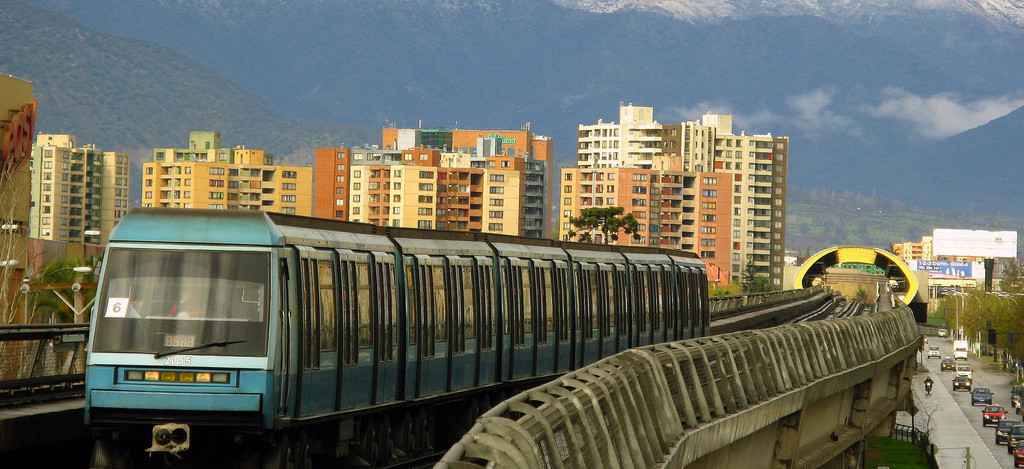
A study developed by the Chilean Association of Renewable Energies and Storage (ACERA AG) and the Institute of Complex Engineering Systems (ISCI) concludes that it is technically feasible to operate the National Electric System without fossil fuel generation, with investments in renewable energy storage, and flexible demand.
From pv magazine LatAm
The Chilean Association of Renewable Energies and Storage (ACERA AG) and the Institute of Complex Engineering Systems (ISCI) have presented a new study that analyzes pathways toward emission-free operation of the national electricity system, including scenarios for 2030, 2035 and 2040. The report details the technical and economic conditions necessary to achieve this goal.
The study, titled Cost/Benefit Analysis of Potential Pathways Toward Zero-Emission Operation of the National Electric System, updates a previous analysis conducted in 2022. This version includes new short- and medium-term projections and scenarios, considering factors such as the gradual retirement of fossil-fuel generation, the growth of variable renewable energy, the development of energy storage systems, and the role of flexible demand as a system enabler.
According to the document, eliminating fossil-fuel generation is feasible by 2035, provided that a proportional expansion of renewables and storage is guaranteed and electricity supply security standards are maintained. Furthermore, it is estimated that incorporating flexible demand could avoid up to 8.8 GW of new installed capacity, which would reduce costs and increase operational efficiency.
The analysis includes extreme scenarios resulting from adverse weather events, such as droughts or low wind generation. Under these conditions, additional investments equivalent to 6 GW in renewable capacity and storage would be required to ensure system reliability.
Another relevant finding is that the current investment trajectory, focused primarily on solar energy with storage, could entail higher costs compared to a more balanced expansion that includes wind generation. This is because wind energy, operating both day and night, requires less investment in storage to meet the same demand.
Finally, the study projects that by 2040, the country’s current installed capacity will need to double, reaching between 60 GW and 70 GW, to cover new consumption such as electromobility and hydrogen production. This will require coordinated planning in transmission, storage and regulation that allows for the efficient integration of new technologies into the national electricity system.
This content is protected by copyright and may not be reused. If you want to cooperate with us and would like to reuse some of our content, please contact: editors@pv-magazine.com.
Source link


